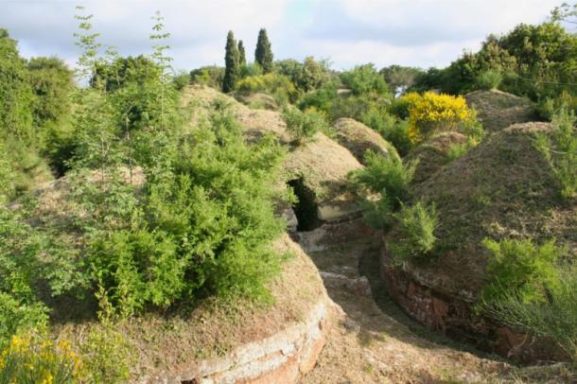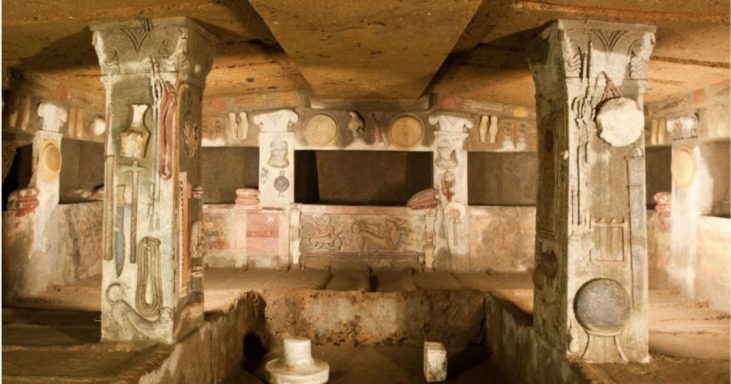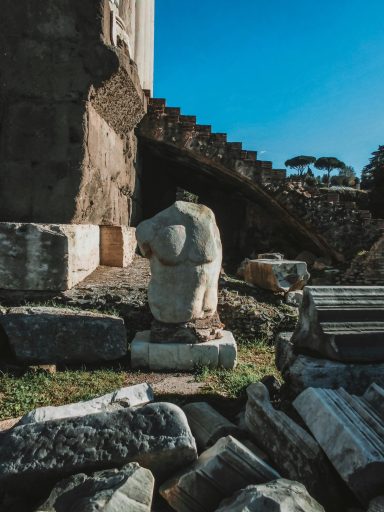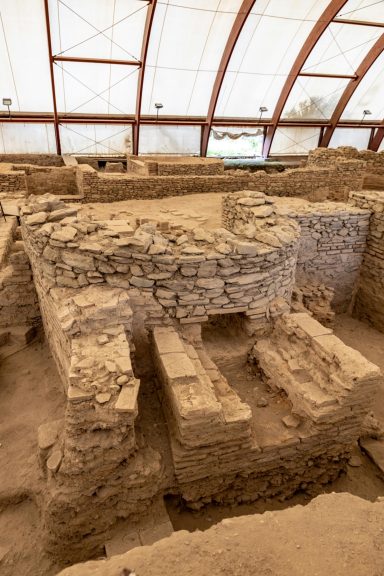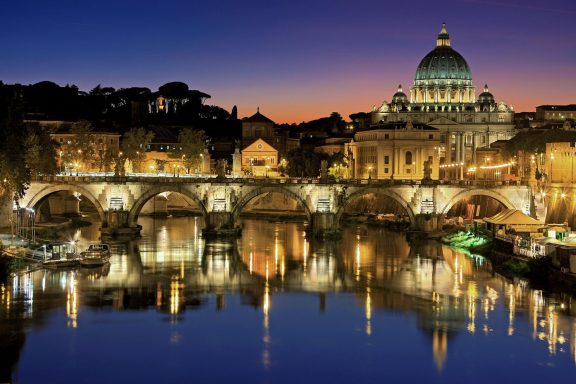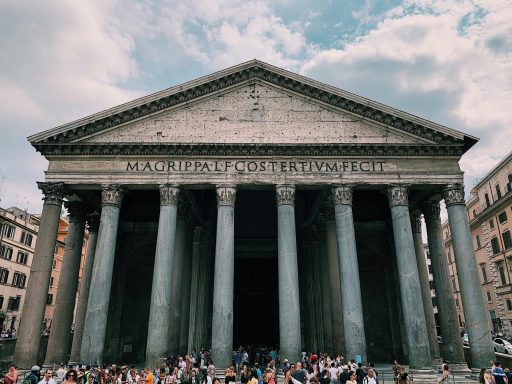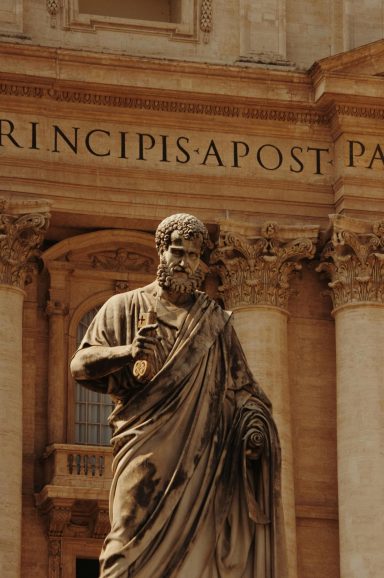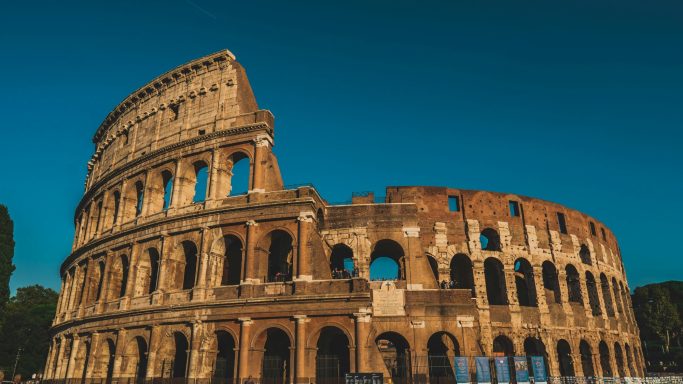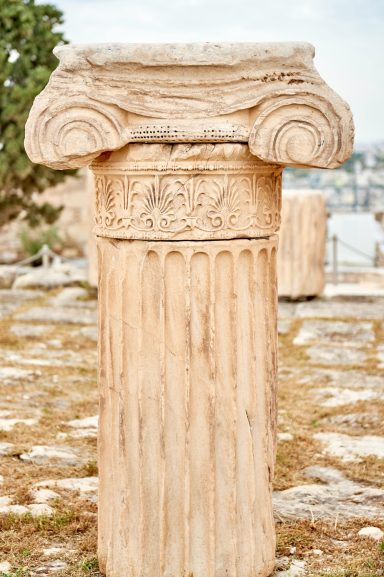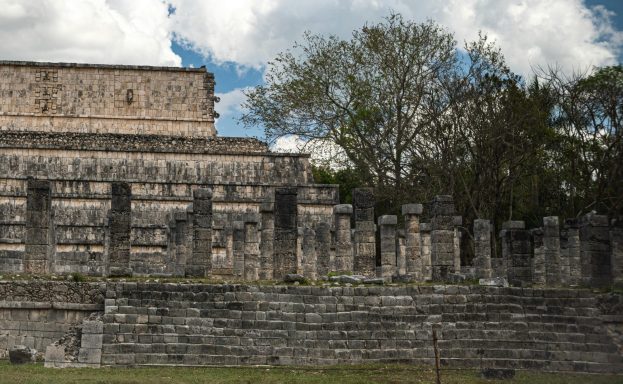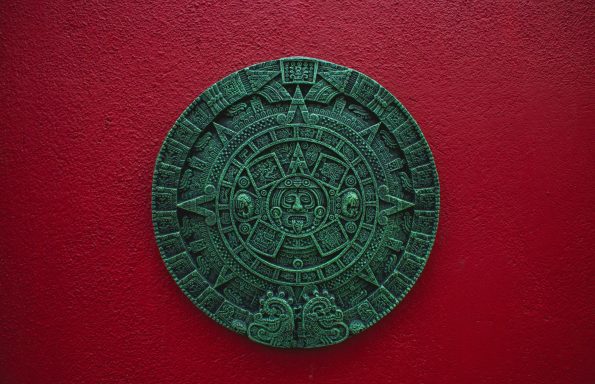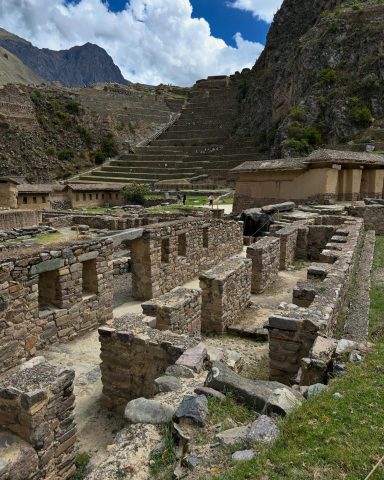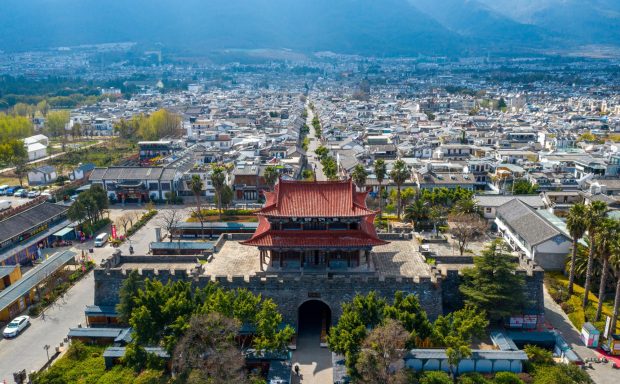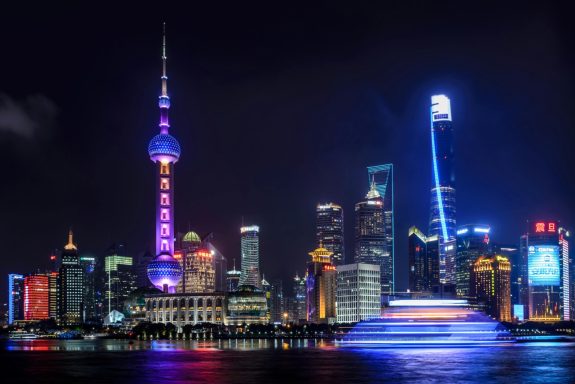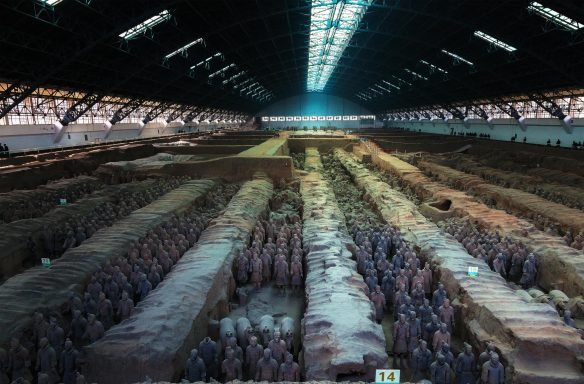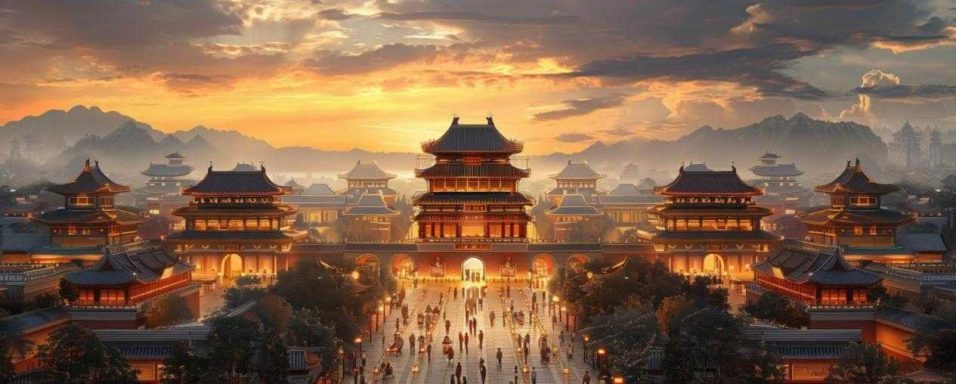Explore the world's regions below to delve deeper into the fascinating stories of human civilization, from ancient empires to modern nations.
Echoes of Eternity
Welcome to our global repository of human civilization, where the threads of history weave together to form the tapestry of our modern world. From the earliest agricultural settlements along the fertile banks of the Tigris and Euphrates to today's interconnected global economy, humanity's journey has been marked by remarkable achievements, profound challenges, and continuous transformation.
This comprehensive resource explores the rich heritage of our planet's diverse civilizations, tracing the rise and fall of great empires that shaped the course of human development. Discover the architectural marvels of ancient Egypt, the philosophical foundations laid by classical Greece, the engineering prowess of Rome that connected three continents, the scholarly achievements of Islamic golden ages, the vast trade networks of medieval China, the complex societies of pre-Columbian Americas, and the maritime empires that first connected distant shores.
Our exploration extends beyond the ancient world to examine how these historical foundations evolved into the complex mosaic of modern nations, cultures, and societies we see today. Each region's story encompasses not only its triumphs and cultural contributions but also its struggles, conflicts, and ongoing challenges, providing a balanced understanding of how the past continues to influence contemporary global affairs.
Through objective analysis and comprehensive research, we present the full spectrum of human experience across continents and centuries, acknowledging both the remarkable achievements that have advanced civilization and the difficult chapters that remind us of our shared responsibility to learn from history's lessons.
The Eternal Dance of Rise and Fall
What lifts nations from humble beginnings to towering heights of glory? What invisible forces guide civilizations through their golden ages, and what shadows ultimately draw them toward decline? These timeless questions have captivated scholars, philosophers, and dreamers across millennia, for in understanding the rhythms of rise and fall, we glimpse the very heartbeat of human ambition.
The Ascent of Greatness
Nations ascend like phoenixes on wings of innovation, unity, and adaptive strength. They flourish when blessed with visionary leadership, abundant resources, strategic geography, and the precious alchemy of diverse minds working toward common purpose. The Roman roads that connected an empire, the Islamic scholars who preserved ancient wisdom, the maritime courage that opened new worlds, the technological breakthroughs that revolutionized agriculture and industry—each represents humanity's capacity to transcend limitations and reach toward greatness.
Great civilizations are born when societies master the art of transformation: converting geographic advantages into economic prosperity, channeling cultural diversity into creative synthesis, and transforming military conquest into lasting institutions. They rise through the marriage of ambition and opportunity, when brilliant minds emerge to solve the challenges of their age and inspire others to follow.
The Inevitable Twilight
Yet empires that once seemed eternal as mountains eventually return to dust, teaching us that even the mightiest civilizations are but chapters in history's endless book. Internal divisions weaken the bonds that once held nations together. Resource depletion exhausts the foundations of prosperity. Environmental challenges test adaptive capacity. Technological stagnation leaves once-mighty powers vulnerable to more innovative neighbors. Sometimes it is the simple weight of time itself—the accumulation of bureaucratic complexity, social stratification, and spiritual exhaustion—that transforms yesterday's conquerors into today's archaeological treasures.
The fallen columns of Persepolis, the silent pyramids of forgotten Maya cities, the weathered stones of Angkor Wat, the grass-covered forums of Rome—all whisper the same eternal truth: that rise and fall are not opposite forces, but partners in the great dance of human civilization.
The Eternal Cycle
In this endless waltz of ascension and decline, we find not despair but profound beauty. Each fallen empire becomes fertile soil for new growth. Each collapsed civilization leaves behind knowledge, art, and wisdom that enriches those who follow. The pattern repeats across continents and centuries: innovation sparks growth, growth creates complexity, complexity breeds both strength and vulnerability, and from the ashes of the old, the new emerges transformed.
Understanding this eternal rhythm does not diminish the magnificence of human achievement—rather, it magnifies it. For in knowing that nothing lasts forever, we come to appreciate more deeply the fleeting moments of glory, the brief periods when civilizations touch the stars and leave their mark upon eternity's canvas.
EUROPE
Etruscan Civilization
The Etruscans flourished in central Italy from approximately the 8th to 3rd centuries BCE, developing a sophisticated civilization that profoundly influenced early Roman culture. Based in city-states across modern-day Tuscany, Umbria, and northern Lazio, they were skilled metalworkers, traders, and engineers who built impressive cities, roads, and drainage systems.
Etruscan society was notably advanced for its time, with women enjoying relatively high status compared to other ancient cultures. They developed a unique artistic style, created elaborate funeral practices centered around ornate tombs, and practiced divination through reading omens. The Etruscans also contributed significantly to Roman religion, architecture, and political institutions, including the concept of the triumph and various religious rituals.
Gradually absorbed by expanding Roman power between the 4th-1st centuries BCE, the Etruscans were eventually assimilated into Roman society, though their cultural influence persisted. Today, their legacy survives primarily through magnificent tomb paintings, bronze sculptures, and archaeological sites like Cerveteri and Tarquinia, which provide invaluable insights into this mysterious pre-Roman civilization.
Rome
Founded in 753 BCE as a small Italian city-state, Rome grew through military conquest and political innovation to become the Mediterranean world's dominant power. The Roman Republic (509-27 BCE) expanded across three continents through superior military organization, strategic alliances, and the gradual extension of citizenship rights. Internal civil wars eventually led to the establishment of the Roman Empire under Augustus in 27 BCE.
At its height under Emperor Trajan (98-117 CE), the empire stretched from Britain to Mesopotamia, encompassing over 5 million square kilometers. Rome's lasting contributions include legal systems still used today, engineering marvels like aqueducts and roads, Latin as the foundation of Romance languages, and the spread of Christianity after Emperor Constantine's conversion in the 4th century.
The Western Roman Empire gradually declined due to barbarian invasions, economic troubles, political instability, and military pressures, officially ending in 476 CE when the last emperor was deposed. The Eastern Roman Empire (Byzantine Empire) continued for another thousand years until Constantinople fell to the Ottomans in 1453 CE, marking the final end of Roman political continuity.
Greece
Ancient Greece emerged around the 8th century BCE as a collection of independent city-states, with Athens and Sparta becoming the most prominent. Greek civilization made foundational contributions to Western culture, including democracy, philosophy (Socrates, Plato, Aristotle), theater, mathematics, and architecture. The Greeks defeated Persian invasions and later spread their culture across the Mediterranean through Alexander the Great's conquests (336-323 BCE).
Greece was eventually conquered by Rome in 146 BCE, then became part of the Byzantine Empire for over a thousand years. After centuries under Ottoman rule (1453-1821), Greece gained independence in 1832 following a war of liberation supported by European powers.
Modern Greece is a parliamentary republic and EU member since 1981, known for its ancient archaeological sites, Mediterranean islands, and tourism industry. The country faced a severe debt crisis from 2010-2018 but has since stabilized economically while maintaining its role as a bridge between Europe, Asia, and Africa.
THE AMERICAS
The Maya Civilization
The Maya civilization flourished in Mesoamerica (present-day Mexico, Guatemala, Belize, Honduras, and El Salvador) from approximately 2000 BCE to 1500 CE, reaching its peak during the Classic Period (250-900 CE). The Maya developed one of the world's most sophisticated writing systems, created remarkably accurate astronomical calendars, and built magnificent cities with towering pyramids, palaces, and ball courts at sites like Tikal, Palenque, and Chichen Itza.
Maya society was organized into competing city-states ruled by divine kings, with advanced knowledge in mathematics (including the concept of zero), astronomy, architecture, and agriculture. They developed complex irrigation systems, terraced farming, and traded extensively throughout Mesoamerica, creating a network of prosperous urban centers supporting millions of people.
The Classic Maya civilization experienced a mysterious collapse around 900 CE, with many major cities abandoned, though Maya communities continued in the northern Yucatan until Spanish conquest in the 16th century. Today, over 6 million Maya descendants maintain their languages and cultural traditions across Central America, while their ancient achievements continue to reveal the sophistication of pre-Columbian American civilizations.

The Aztec Civilization
The Aztec Empire, officially known as the Triple Alliance, dominated central Mexico from 1428 to 1521 CE (they existed from approximately 1325 to 1521 CE), centered in their magnificent capital city of Tenochtitlan (modern-day Mexico City). Built on an island in Lake Texcoco, Tenochtitlan was one of the world's largest cities with over 200,000 inhabitants, featuring elaborate temples, floating gardens called chinampas, and an extensive canal system.
Aztec society was highly stratified and militaristic, with warrior culture at its core and a complex religious system involving human sacrifice to honor their gods, particularly the sun god Huitzilopochtli. They developed sophisticated agricultural techniques, created beautiful art and poetry, established extensive trade networks, and maintained accurate calendars, though they lacked written language in the European sense, using instead a system of pictographs and glyphs.
The empire rapidly collapsed between 1519-1521 when Spanish conquistador Hernán Cortés, aided by indigenous allies and devastating smallpox epidemics, conquered Tenochtitlan and captured Emperor Moctezuma II. This marked the end of Mesoamerican independence and the beginning of Spanish colonial rule, though Aztec cultural influences persist in modern Mexican society, language, and cuisine.
The Inca Empire
The Inca Empire (also known as: Tawantinsuyu) was the largest empire in pre-Columbian America, stretching over 2,500 miles along the western coast of South America from Ecuador to Chile at its peak in the early 16th century. Centered in Cusco, Peru, the empire was founded around 1438 CE under Pachacuti Inca Yupanqui and rapidly expanded through military conquest and diplomatic alliances to encompass over 12 million people across diverse ethnic groups.
The Incas were master engineers and administrators who built an extensive network of roads, bridges, and terraced agriculture systems that allowed them to farm steep mountain slopes and connect their vast territory. They developed sophisticated architectural techniques using precisely cut stone blocks without mortar, created the quipu system of knotted strings for record-keeping, and established an efficient administrative system that redistributed resources throughout the empire while requiring labor service (mit'a) from all citizens.
The empire collapsed rapidly between 1532-1572 when Spanish conquistador Francisco Pizarro exploited a civil war between rival claimants Huascar and Atahualpa, capturing and executing Atahualpa in 1533. European diseases, superior weaponry, and internal divisions led to Spanish conquest, though Inca cultural traditions, languages (especially Quechua), and architectural marvels like Machu Picchu continue to influence Andean society today.
ASIA
China
China's 4,000-year history is marked by successive dynasties that created one of the world's oldest continuous civilizations. From the ancient Shang and Zhou dynasties through the imperial era of Han, Tang, Song, Ming, and Qing dynasties, China developed sophisticated governance, technology, and culture, inventing paper, gunpowder, the compass, and printing while building the Great Wall and establishing vast trade networks.
The imperial system collapsed in 1912, leading to decades of warlordism, Japanese invasion, and civil war between Nationalists and Communists. The People's Republic was established in 1949 under Mao Zedong, whose rule (1949-1976) brought both land reform and industrialization alongside devastating policies like the Great Leap Forward and Cultural Revolution that caused tens of millions of deaths through famine, persecution, and political violence.
China began economic reforms in 1978 under Deng Xiaoping, lifting over 800 million people from poverty and becoming the world's second-largest economy. However, under Xi Jinping's leadership since 2012, repression and social controls have intensified, with deepening restrictions on civil society, media, and minority groups. The government has further restricted free speech, silenced independent journalists, and imposed tighter controls on media, while continuing abusive policies against Uyghurs and other minorities that amount to crimes against humanity.

